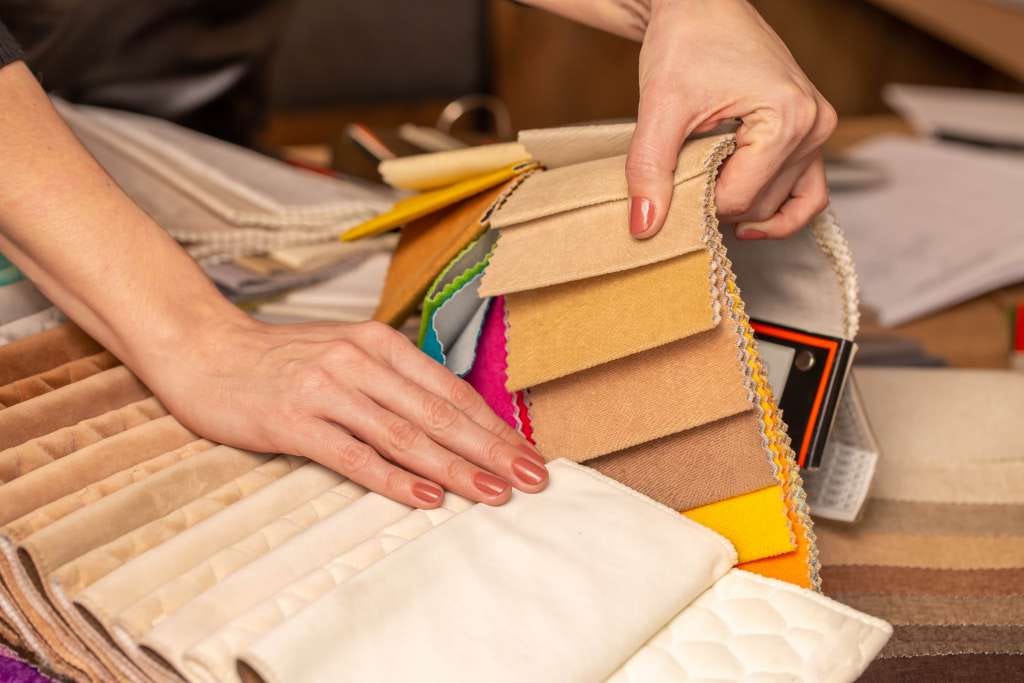
Textile Design: Unraveling the Threads of Creativity
Introduction
Textile design, often considered the art of creating patterns, prints, and textures for fabrics, is a captivating field that intertwines tradition and innovation. In this article, we’ll delve into the historical evolution, key elements, technological advancements, and the crucial role of sustainability in textile design.
Historical Evolution of Textile Design
Ancient Textile Techniques
The roots of textile design trace back to ancient civilizations where intricate weaving and dyeing techniques were developed. Early cultures showcased their creativity through textile artistry, laying the foundation for a craft that would evolve through the centuries.
Renaissance and Textile Innovation
The Renaissance era marked a resurgence in artistic expression, with textiles becoming canvases for intricate designs. Innovations in looms and printing techniques elevated textile design to new heights, making it an integral part of cultural expression.
Industrial Revolution Impact
The Industrial Revolution revolutionized textile production, bringing mass-scale manufacturing. While it increased accessibility, it also led to a standardization of designs. This era’s impact on textile design is a fascinating chapter in its evolution.
Key Elements of Textile Design
Color Palette
One of the defining aspects of textile design is the thoughtful selection of color palettes. Designers often play with hues to evoke emotions, create visual interest, and align with current trends.
Patterns and Prints
Patterns and prints breathe life into fabrics. From traditional motifs to modern, abstract designs, textile designers use patterns to tell stories and captivate the beholder.
Texture and Fabric Choices
The tactile experience of textiles is a result of careful consideration of textures and fabric choices. Whether it’s the softness of cotton or the luxurious feel of silk, the material itself becomes a canvas for design.
Role of Technology in Textile Design
Digital Printing
Technology has significantly influenced textile design, with digital printing enabling intricate designs with precision. This shift has opened doors to limitless possibilities, allowing designers to explore new realms of creativity.
Computer-Aided Design (CAD)
CAD has streamlined the design process, offering efficiency and accuracy. Textile designers now use digital tools to experiment with patterns, colors, and textures before bringing them to life on fabric.
Importance of Sustainability in Textile Design
Eco-Friendly Materials
With a growing awareness of environmental issues, there is a shift towards eco-friendly materials in textile design. Designers are embracing organic fabrics, recycled materials, and sustainable practices to reduce the industry’s ecological footprint.
Ethical Production Practices
Sustainability in textile design goes beyond materials; it encompasses ethical production practices. From fair labor conditions to transparent supply chains, consumers now demand accountability from the industry.
Textile Design in the Fashion Industry
Collaboration with Designers
Textile designers collaborate closely with fashion designers, influencing trends and bringing unique elements to apparel. This collaboration often results in stunning collections that blur the lines between fashion and art.
Influence on Fashion Trends
Textile design plays a pivotal role in shaping fashion trends. From the runways of Paris to everyday street style, innovative textile designs set the tone for the entire fashion industry.
Emerging Trends in Textile Design
Sustainable Fashion
As the world shifts towards sustainability, textile design is embracing eco-friendly practices. Sustainable fashion, characterized by recycled materials and ethical production, is gaining prominence.
Technological Advancements
Advancements such as 3D printing and smart textiles are pushing the boundaries of traditional design. These innovations not only enhance aesthetics but also introduce functionality into textiles.
Challenges in Textile Design
Globalization Impact
While globalization has expanded market reach, it has also led to challenges. Textile designers navigate through diverse cultural preferences and market demands, requiring adaptability and a keen understanding of global trends.
Rapid Changes in Consumer Preferences
Keeping up with rapidly changing consumer preferences is a perpetual challenge. Textile designers must balance tradition and innovation to meet the ever-evolving tastes of their audience.
Future Prospects and Innovations
Smart Textiles
The future of textile design includes smart textiles, integrating technology seamlessly into fabric. From temperature-regulating fabrics to interactive clothing, these innovations are reshaping the industry.
Integration of AI in Design
Artificial intelligence is making inroads into textile design, offering predictive analysis and trend forecasting. This integration streamlines the design process, making it more responsive to consumer needs.
Case Studies
Success Stories in Textile Design
Highlighting success stories showcases the transformative power of textile design. From independent designers to established brands, these cases inspire aspiring designers.
Notable Projects
Examining notable projects provides insights into the diverse applications of textile design. From interior decor to functional textiles, the possibilities are vast.
Tips for Aspiring Textile Designers
Skill Development
Aspiring textile designers should focus on skill development, honing their craft through hands-on experience and continuous learning. Workshops, internships, and collaboration opportunities are invaluable.
Networking and Collaboration
Building a network within the industry opens doors to collaboration and exposure. Textile designers often find inspiration and opportunities through connecting with fellow creatives.
Interview with a Textile Designer
Personal Insights and Experiences
An interview with a seasoned textile designer provides a firsthand account of the industry’s challenges, triumphs, and the creative process. It offers a glimpse into the daily life of a professional in this dynamic field.
The Intersection of Art and Textile Design
Textiles as a Form of Art
Textiles transcend functionality; they are art forms in their own right. Exploring the intersection of art and textile design delves into the expressive and aesthetic dimensions of the craft.
Collaborations with Artists
The collaboration between textile designers and artists brings a fusion of creativity. These collaborations often result in limited-edition pieces that blur the boundaries between fashion and fine art.
Conclusion
In conclusion, textile design is a dynamic and ever-evolving field that weaves together tradition, innovation, and sustainability. From its rich historical tapestry to the cutting-edge technologies shaping its future, textile design continues to captivate and inspire.
https://hackmd.io/@marydiazs/A-Deep-Dive-into-Dressmaking-Design

